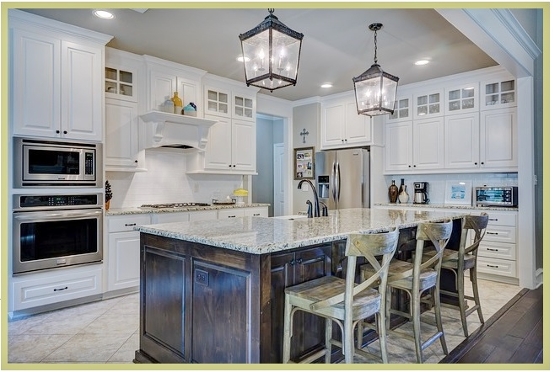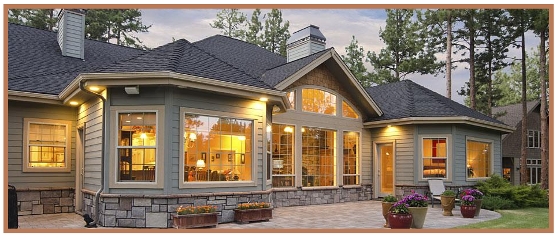Outdoor lighting has come a long way from the days of patio lanterns and
strings of lightbulbs. These days, there's an exhaustive array of options
available to illuminate your outdoor space, and make it more appealing and
comfortable, particularly in the evenings.
Here are just a few ideas:
• Solar garden lights. These lights are on stakes that can be easily inserted throughout the garden. Powered by the sun, they generate enough energy to cast a soft, pleasant glow along walkways or in flower beds in the evenings.
• Deck post lights. These are easy to install because they're designed to sit on top of a standard 4x4 wood deck post. Most are solar powered.
• Street-style lamps. As the name implies, these look similar to old fashioned street lamps. Installation is a little more complex, but still DIY-friendly. They're eye-catching and have a dramatic impact on the look of your outdoor space.
• Portable lantern lights. These are outdoor lights that are portable and often made to look like a decorative fixture for a coffee table or side table. They can be placed anywhere.
• LED walkway lights. These are small lights that fit neatly and almost invisibly under stairs and around walkways. Walkway lights not only look good but also improve safety. Most are battery powered.
• Planter lights. This is one of the most interesting options. Each one is both a flower pot and a light in one! The pot itself is translucent which allows the light inside to shine through.
Design experts say you should treat your outdoor space as you would any
room in your home. Lighting it up for evening comfort and enjoyment is a
good place to start.




 Moving around the corner or even across town is relatively simple because you are likely familiar with the various neighbourhoods and you can access them anytime. If there's a listed home you want to view, you can simply go see it.
Moving around the corner or even across town is relatively simple because you are likely familiar with the various neighbourhoods and you can access them anytime. If there's a listed home you want to view, you can simply go see it.




 ve you ever considered renting out a room to a student or renovating your basement into a self-contained rental apartment?
ve you ever considered renting out a room to a student or renovating your basement into a self-contained rental apartment?


